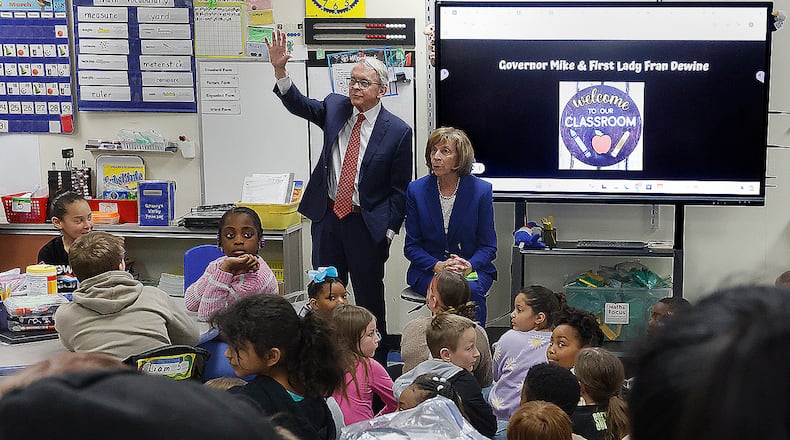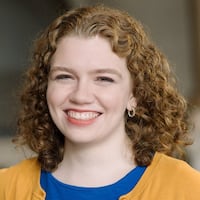“I think it is important... to know that this is a big shift in instruction,” said Aaron Churchill, Ohio research director for the Fordham Institute. “And the state has put a lot of time and effort into this, and the schools are putting a lot of time and effort into it, I think.”
In teaching the science of reading, the focus is on identifying how to figure out the sounds that make up the words, rather than recognizing the words on sight, as well as understanding how the words make up sentences.
More outdated models of reading focus on recognizing words and using contexts, like pictures, to give kids clues about what they are reading. But that learning model can make it trickier for students when they get more advanced material, because they would encounter words they don’t know or books without pictures and not have any way to sound out a word.
In my conversations with superintendents and teachers in the region, implementing the science of reading curriculum has been a focus. And it is a huge deal for schools, especially those that recently stopped using outdated models.
It’s also a big deal because of Ohio’s reading scores. Since the pandemic, Ohio students lost significant ground on reading, according to both the Nation’s Report Card (NEAP) and Ohio report cards. While reading scores have improved between 2020 and 2024, the most recent available data, the scores are still not back to pre-pandemic levels.
Many districts, including Oakwood, Bellbrook-Sugarcreek, Beavercreek, Fairborn, Northmont, Lebanon and Mad River have been shifting their practices to better align with state requirements, according to superintendents and curriculum directors across the region.
Some key points from schools who replied to a Dayton Daily News survey:
- Many of the districts said staff had updated their curriculum to a state-approved one and were well on the way to training all teachers with just a few remaining.
- While state funding helped, it did not cover 100% of the cost to make these changes in many districts.
- Districts used the trainings to help teachers understand how the science of reading is connected to curriculum or affirm what teachers are already doing.
- Some districts are now building a model to help teachers adapt their practices as time goes on.
Mad River Schools added both science of reading and literacy support teachers, and the district’s assistant superintendent, Krista Wagner, said the district identified science of reading as a focus based on data even before the requirement changed.
Wagner said with those changes, nearly 80% of Mad River kindergartners have been on track with important skills for reading both last year and this year.
Dayton Public Schools superintendent David Lawrence said the state began using Orton Gillingham, a popular school curriculum the state approved, before the changes were announced, and has seen a transformation in instructional practices.
However, the training has not been free for public schools, who have invested their own funds in the process. Dayton has spent $586,000 so far, Lawrence said, and the state will reimburse the district. Beavercreek officials reported that 54.7% of the cost to update curriculum was covered by the state, meaning the district had to pay out of its general fund for 45.3% of the cost.
Even some private schools have been taking advantage of the state’s available dollars, as schools also had to implement dyslexia training. Private schools, which aren’t required to use the same science of reading curriculum as public schools, have been taking advantage state funds to train teachers on dyslexia supports and in the science of reading. Using state funds made this training accessible, said Sarah Hollen, structured literacy specialist, Dayton Christian School.
Eileen McClory is a Dayton Daily News education reporter.
About the Author


